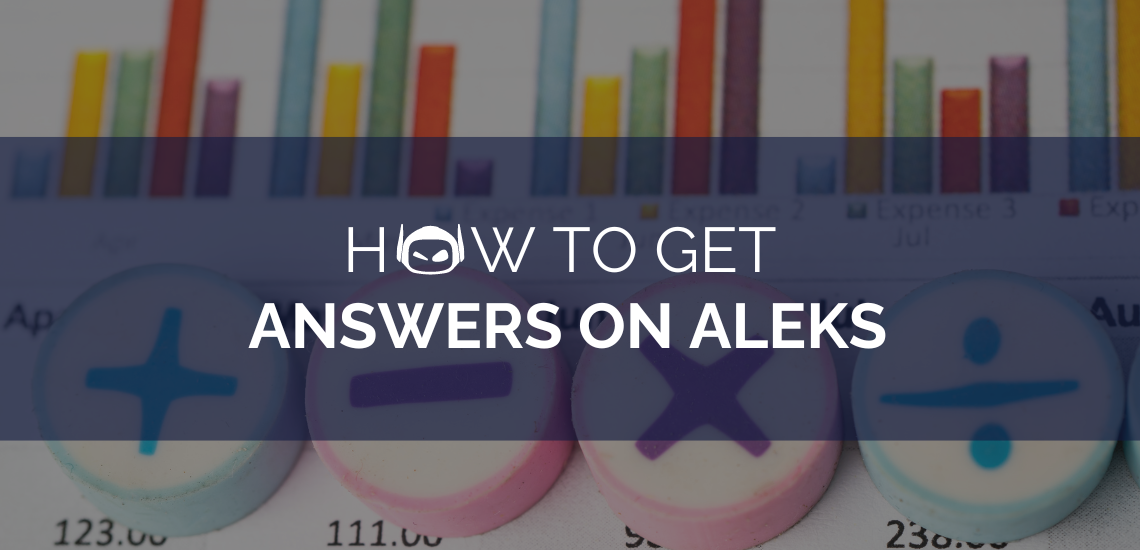
General Guide About Content and Writing
Assessment and Learning in Knowledge Spaces, (ALEKS), is an online learning...

Step-by-Step Instructions for Writing
A strong cover letter for internship jobs helps you stand...
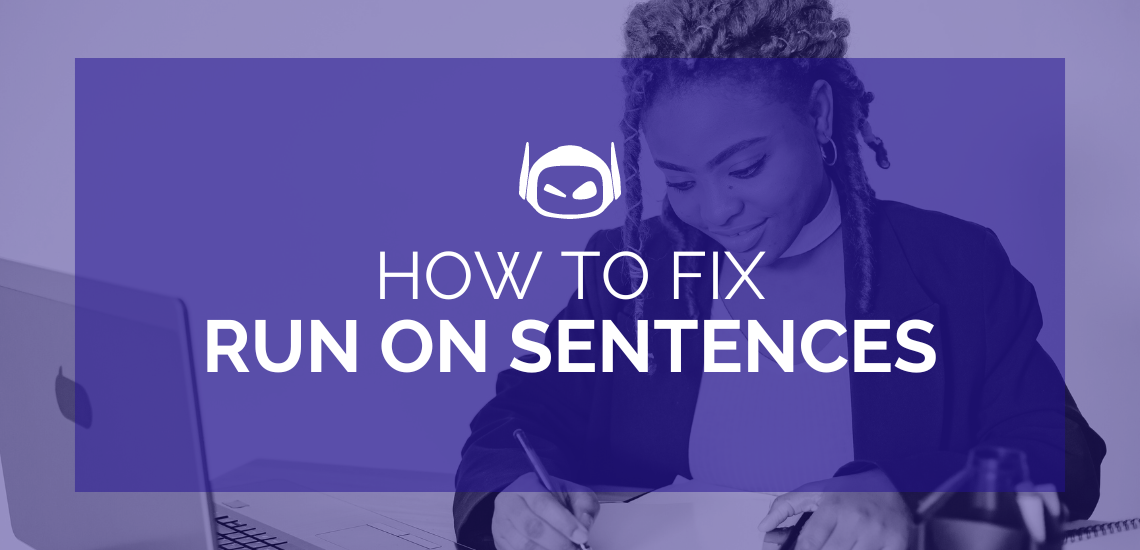
Step-by-Step Instructions for Writing
Writing clear and concise sentences is a fundamental skill. One...

Step-by-Step Instructions for Writing
The most difficult aspect of composing an academic essay is...
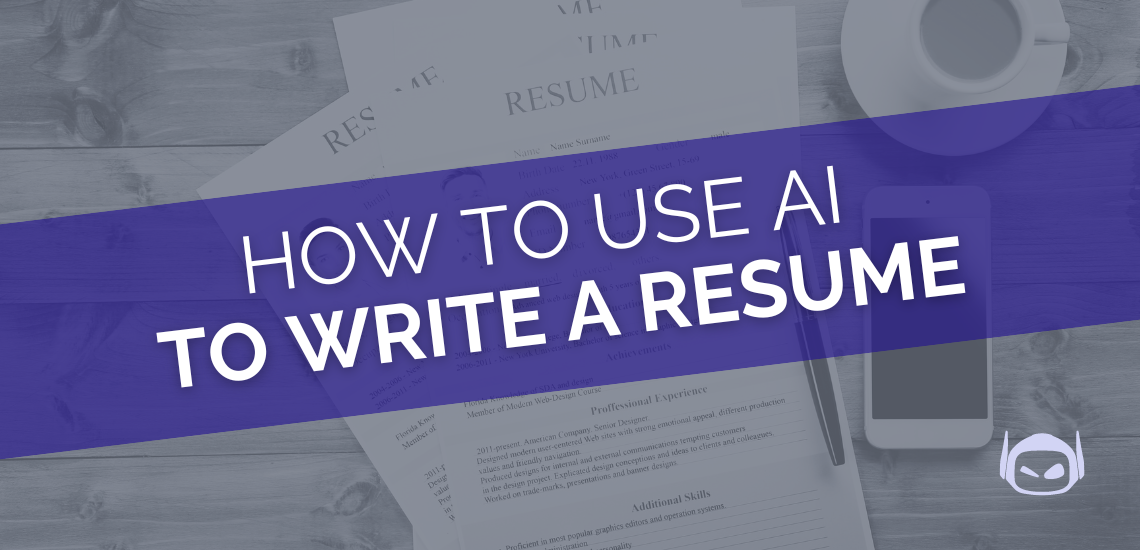
Step-by-Step Instructions for Writing
Do you want to have a chance to secure the...
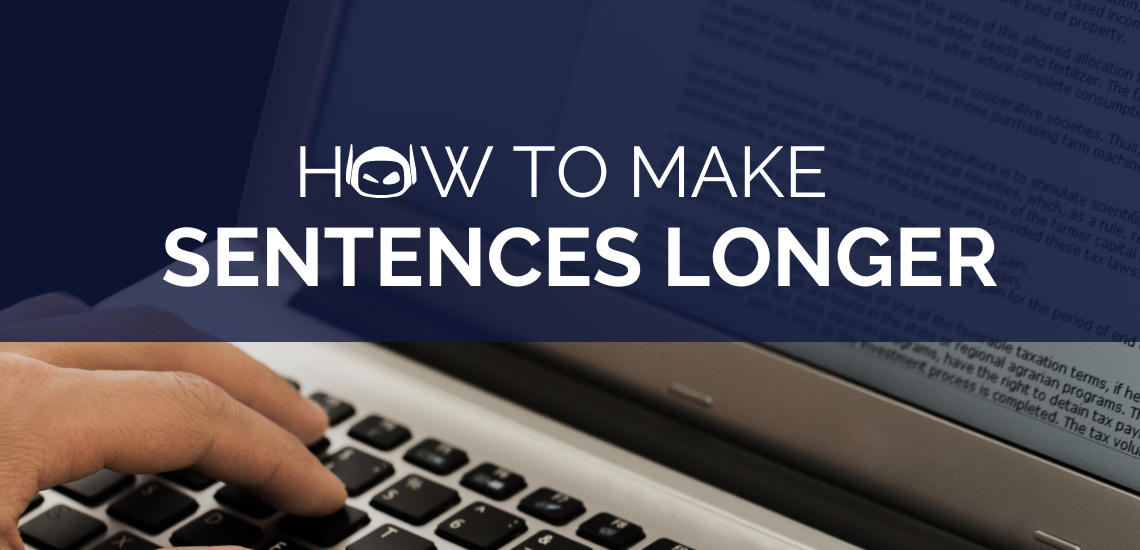
Step-by-Step Instructions for Writing
If you are an academic, you must possess the ability...

General Guide About Content and Writing
As of March 2024, ChatGPT had 180.5 million users. That’s...
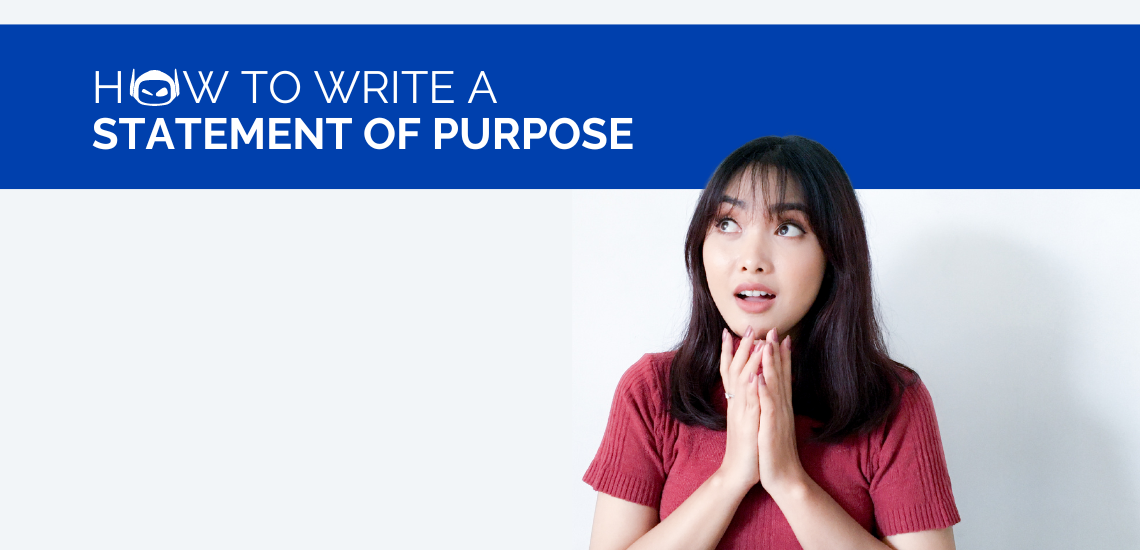
Step-by-Step Instructions for Writing
To get into a graduate school, you need to write...

Step-by-Step Instructions for Writing
While doing your job search, you may notice that, along...